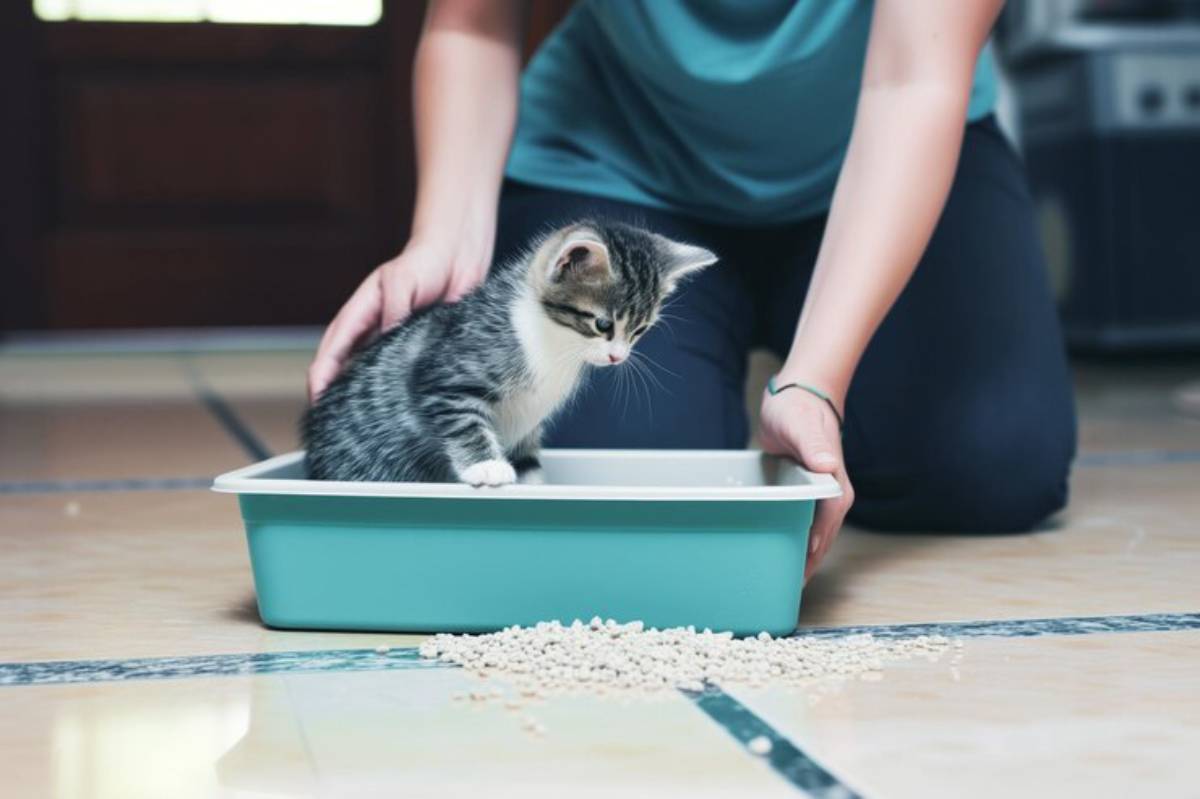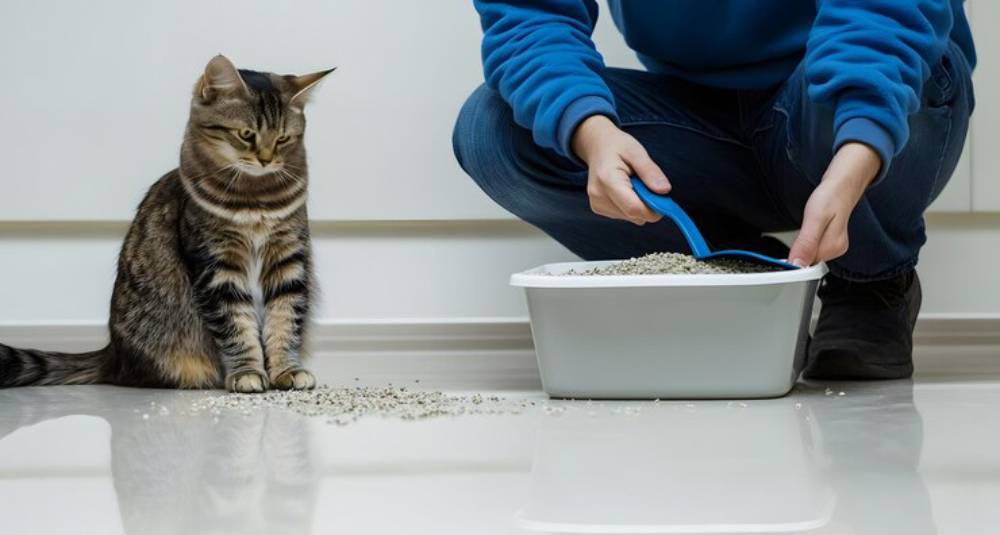
How to Stop Cats from Eliminating Outside the Litter Box
Cats are famously clean creatures, often praised for their natural inclination to use a litter box. But when your feline friend starts peeing on the carpet or pooping behind the sofa, it can be baffling and frustrating. Inappropriate elimination is a common yet solvable issue that many cat owners face. This blog post will walk you through the reasons behind the behaviour, practical solutions to resolve it, and preventative steps to restore harmony at home.
Understanding Inappropriate Elimination in Cats
What Is Inappropriate Elimination?
Inappropriate elimination refers to a cat urinating or defecating outside its litter box. This could mean on furniture, rugs, laundry, or other unwanted spots. It’s important to recognise this as a signal: your cat is trying to tell you something isn’t right.
Why Do Cats Pee or Poop Outside the Litter Box?

There are several reasons why your cat might avoid the litter box:
- Medical issues (e.g., urinary tract infections, kidney disease)
- Stress or anxiety (e.g., new pet, moving house, noisy environment)
- Litter box problems (e.g., too dirty, wrong type of litter, poor location)
- Territorial marking (especially in multi-cat households)
- Past trauma or negative associations with the box
Understanding the cause is half the battle in solving the issue.
Step 1: Rule Out Medical Issues
The first step in addressing cat potty issues is to book a vet appointment. Medical conditions like UTIS, bladder stones, or arthritis can make using the box painful or difficult for your cat.
Red flags to watch for include:
- Blood in the urine
- Frequent or strained urination
- Crying while in the box
- Sudden accidents in previously litter-trained cats
You can focus on behavioural and environmental factors once health problems are ruled out or treated.
Step 2: Evaluate the Litter Box Setup
Is Your Litter Box Cat-Friendly?
Even the most minor changes can deter a cat from using their box.
Here’s what to check:
- Cleanliness: Scoop daily and wash the box weekly
- Number of boxes: One per cat, plus one extra
- Size and shape: Large enough for your cat to move comfortably
- Type of litter: Unscented, clumping litter is generally preferred
- Location: Quiet, low-traffic areas away from food and water
Box vs. Behaviour
Sometimes, a cat may dislike a covered box or have difficulty accessing a high-sided tray. Elderly or arthritic cats may need a box with lower sides.
Step 3: Identify Environmental Stressors
Cats are sensitive creatures. Changes in their environment can trigger inappropriate elimination.
Common stressors include:
- New pets or family members
- Renovations or moving house
- Change in routine
- Lack of stimulation or territory
Solutions:
- Use feline pheromone diffusers (like Feliway)
- Maintain a consistent routine
- Offer vertical space and hiding spots
- Provide enrichment: toys, scratching posts, interactive play
Step 4: Address Behavioural Causes
Is It Marking or Anxiety?
Marking usually involves spraying small amounts of urine on vertical surfaces. It’s common in unneutered cats but can also occur due to stress or competition.
To reduce marking:
- Spay or neuter your cat
- Clean marked areas thoroughly with enzymatic cleaners
- Avoid punishment — it increases stress
- Create a secure, enriched environment
Is the Behaviour Habitual?
If inappropriate elimination has become a habit, retraining might be necessary:
- Confine your cat in a small room with a clean litter box
- Gradually reintroduce them to the rest of the home
- Reward positive litter box use with treats and praise
Step 5: Clean Up Properly

Cats return to places where they can still smell urine. Standard household cleaners often don’t eliminate odours.
Use enzymatic cleaners to break down proteins in urine and remove the scent.
Avoid:
- Ammonia-based products (they mimic the smell of urine)
- Harsh chemicals that may deter your cat further
Step 6: Monitor and Adjust
Track your cat’s behaviour over time. Are accidents decreasing? Are they consistently using the box?
Keep a log of when and where accidents happen. It may help you spot patterns, such as near doors, after meals, or during certain times of day.
Reassess your setup if accidents continue:
- Try different litter types
- Experiment with box placements
- Increase the number of boxes
Preventative Tips for Long-Term Success
- Regular vet check-ups
- Daily litter box maintenance
- Keep multiple boxes in multi-cat homes
- Address stress and boredom proactively
- Never punish accidents — guide your cat kindly instead
When to Call in a Professional
If you’ve tried all these steps and your cat still won’t use the box, consult a feline behaviourist. A trained expert can evaluate your cat’s environment and habits and create a tailored plan.
Restoring Harmony Between You and Your Cat
Inappropriate elimination doesn’t mean your cat is naughty — it’s a form of communication. Whether it’s a health issue, environmental stress, or a dislike of the litter setup, your cat is trying to tell you something’s off. Taking a thoughtful, step-by-step approach can uncover the cause and help your cat return to healthy, consistent litter habits.
Remember, patience, observation, and empathy go a long way. You’re not just solving a potty problem; you’re deepening the trust and connection between you and your cat.
Have you dealt with cat litter box problems? What worked for you? Comment below or share your experience; your insight could help another cat parent!


